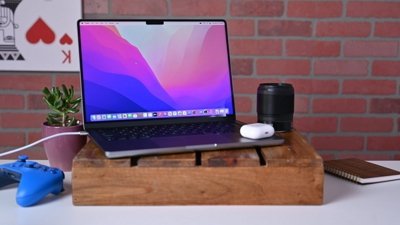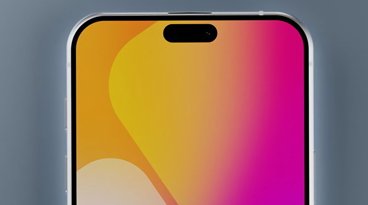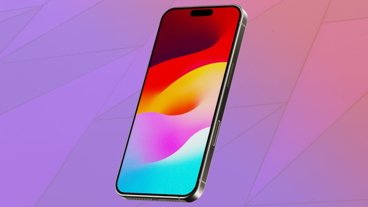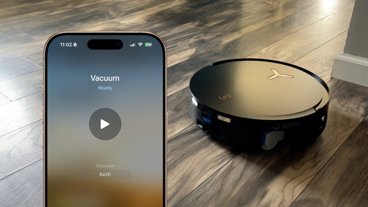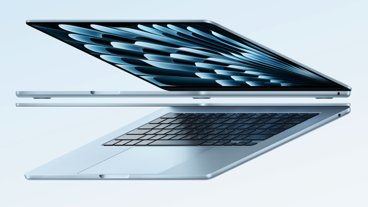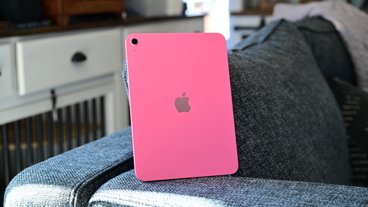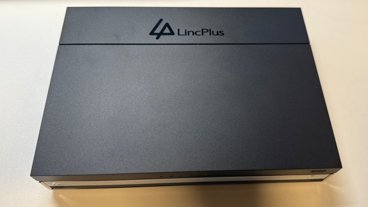Whatever you have available to spend on a new iPhone, Apple has a model to match. Here's our iPhone buyer's guide for the spring of 2023.
The annual refresh of Apple's iPhone product line sees new flagships hit the top of the pile, while everything else finds their prices discounted. In doing this, Apple manages to cover a wide array of price levels, with many different iPhones and a variation in available features.
In the case of someone looking for the best value for their money, the existence of multiple models at similar prices can be bewildering. But, with a little research and careful consideration, it's not too difficult to work out what iPhone you should be buying.
iPhone buyer's guide — Price ranges
The iPhone catalog covers a wide number of price points, which is great for covering a large number of consumer budget levels.
The range overall starts at $429 for the cheapest option, the third-gen iPhone SE. Though under the iPhone 13 generation, the second-gen iPhone SE could actually have been bought for $399.
At the other end of the scale is the iPhone 14 Pro Max, which is sold for $1,599 at its most expensive. This is the same price as the most expensive iPhone 13 Pro Max from last time we broke down the pricing.
The iPhone SE price increase does mean that the range varies by $1,170 between the cheapest and most expensive. This is marginally down from when the iPhone 13 was the flagship model range, which had a $1,200 variance.
For the purposes of the comparison, we will divide the range into three general groups, where the pricing seems to overlap the most. The main two are $600 to $999 and $1,000 or more, with a third sub-$600 group for the low-cost outlier of the catalog.
As you'll see, with a lot of crossover, each group will give users the choice between multiple factors for similar amounts of money. This is handy if you have a particular need for your smartphone.
iPhone buyer's guide — What storage costs
Probably the biggest thing to impact the cost of an iPhone is storage, as it can quickly add more to the overall cost. This is especially true for the Pro models.
Apple offers a choice of either three or four capacity options that increase as prices rise.
The iPhone SE and iPhone 12 are the only models to offer 64GB capacities, along with 128GB and 256GB.
All models beyond these two offer 128GB base models along with 256GB and 512GB options, with the iPhone 14 Pro and Pro Max adding 1TB at the high end.
Typically, the cost of going from 64GB to 128GB is $50 more, while from 128GB to 256GB is a $100 premium. Going from 256GB to 512GB adds another $200 to the cost, and from 512GB to 1TB, it's another $200 again.
Not everyone can justify paying for the high levels of storage, but those who do and are on a budget may do so while sacrificing features or performance. For example, for the same cost, you can get a 128GB iPhone 14 Pro, a 256GB iPhone 14 Plus, or a 512GB iPhone 13.
iPhone buyer's guide for under $600
Those looking for a cheap entry-level iPhone and are willing to spend a few hundred on the prospect have the easiest time compared to anywhere else in the overall range. That's because there's only really one choice.
The third-generation iPhone SE is the sole occupant of the space between $429 and $579, meaning the only real decision here is capacity. You get 64GB for $429, 128GB for $479, or 256GB for $579.
There's not really much to consider until you get to $599, the extreme end of the lowest-priced scale. For that price, you have the iPhone 12 and iPhone 13 mini to consider.
The SE and 13 mini are both small phones and sport the A15 Bionic against the iPhone 12's A14. The decision here is whether you should even consider the lowest-priced options of either the iPhone 12 or iPhone 13 mini, or to go for the largest-capacity iPhone SE.
In its favor, the iPhone SE has a compact 4.7-inch display, and it's being offered with the highest 512GB capacity. Against it are things like the lack of Face ID and the single rear camera, among other small shortcomings.
It's hard not to argue for the iPhone SE, since it offers so much for so little money. Unless using Touch ID is an issue or you really want two camera sensors, the iPhone SE is still the best choice, and one to keep in your back pocket when it comes to the start of the $600 to $999 range.
iPhone buyer's guide for $600 to $999
The vast bulk of the decision-making happens between $600 and $1,000, as it's the section with the most crossover. With five models in play (six if you include the $999 iPhone 14 Pro), there's a lot of ground to cover.
Starting from $600, if a fully-loaded iPhone SE doesn't take your fancy, your choices are either an iPhone 12 with 64GB of storage or an iPhone 13 mini with 128GB.
The iPhone 12 benefits from the larger display of the two. But the iPhone 13 mini offers an A15 chip instead of an A14, a Cinematic mode for video, and the aforementioned storage, which makes it the better option.
The iPhone 12 catches up storage-wise at $649, but at $699, you could take the model out of the running. Not only do you have the iPhone 13 mini with 256GB of capacity, but you could also get the 128GB iPhone 13 with its larger screen if size matters to you.
At $749, you have the top-capacity 256GB iPhone 12, but for $50 more, you could have a 256GB iPhone 13, or an iPhone 14 with 128GB of capacity.
While in previous years, the chip update alone would be enough to say the newer model is the better option, Apple decided to just give the iPhone 13 Pro's version of the A15 to the non-Pro iPhone 14. That's an extra GPU core, which isn't much.
The added Action Mode for video and the Photonic engine for computational photography isn't a massive update, and you could easily be better off with the iPhone 13 with more internal capacity.
At $899, the choice is extends to four phones: The max-capacity 512GB iPhone 13 mini, the $800 256GB iPhone 13, the 256GB iPhone 14, and the super-sized 128GB iPhone 14 Plus.
Again, unless size and minor photography improvements are important to you, the iPhone 13 mini or cheaper iPhone 13 seem like the better options.
At $999, the choice is a little tougher, as it's the 512GB iPhone 13, the $899 256GB iPhone 14, or the 256GB iPhone 14 Plus, but the iPhone 14 Pro also enters the conversation.
There's the real chip update to the A16, ProMotion, an always-on display, and the new Dynamic Island that replaces the notch. You also get the triple camera setup complete with a 48MP main sensor, ProRes video at 4K, and macro video recording, which will be beneficial to content creators.
Reaching this level, a 128GB iPhone 14 Pro is a good shout, especially if you aren't concerned about storage capacity. If you are, then the 512GB iPhone 13 may be the better alternative.
$1,000 or more - iPhone 14 Pro, iPhone 14 Pro Max
In this price range, the main focus is going to be on the iPhone 14 Pro and iPhone 14 Pro Max.
Sure, you could still get a high storage capacity 512GB iPhone 14 at up to $1,099, or a 512GB iPhone 14 Plus at $1,199. Except at this price point, you might as well go all in with the iPhone 14 Pro range.
At this level, it's arguable that the features outweigh the benefits of potential storage. This is especially true with the Pro line starting at a very usable and not entirely limiting 128GB of capacity.
At $1,099, the choice is either a 256GB iPhone 14 Pro or a 128GB iPhone 14 Pro Max. It's size versus extra capacity, and it will be a repeated decision to make as the price goes up.
For $1,199, you could get the 256GB Pro Max, the 512GB iPhone 14 Plus, or save $100 and get the 256GB Pro. You may want to go for the bigger phone in this case.
At $1,299, you can and should go for the 512GB Pro against the 256GB Pro Max. At $1,399, the 512GB Pro Max is the better option over a $100 saving.
This pattern repeats at the top end of the scale, with the 1TB Pro better at $1,499 than the $100 cheaper 512GB Pro Max. Lastly, at $1,599, the Pro Max at 1TB is the most expensive and only option, unless you plan to save money and go for a smaller screen.
iPhone buyer's guide — Storage or Features?
Storage has always been a priority for smartphone owners and for computer users in general. There's no point in having lots of features to use if there's nowhere to store any data that those features generate.
In the past, with single and low double-digit gigabyte capacities, this was a big problem. But, as time marches on, the storage problem has lessened considerably.
With starting capacities of 64GB or 128GB, depending on the model, you have a reasonable amount of storage to play with. But note that the problem has "lessened," not "disappeared."
While storage capacities have crept up, our data needs have also grown, almost to match. We are no longer limited by low storage in our devices, but we still have to be mindful of how we use that space.
The growth of cloud storage has helped ease concerns, simply by shifting the storage problem away from the physical capacity of your device, and onto a server somewhere on the Internet. Users are already taking advantage of this concept, and frankly, more people should as well.
So long as they are willing to pay the price for that service.
The general rule for recommendations is that unless the features of a model upgrade are good enough, you're better off getting the lower model with more capacity. This works well as a guideline when you're dealing with small storage capacities, but the effect wears off at the high end.
At the premium end, the Pro models practically become the exception to the rule. The combination of a 128GB starting point and the many feature upgrades you get compared to the iPhone 14 makes it a better option than a higher-capacity iPhone 14.
Storage is still a concern, and should still be a priority in most cases, but it's slowly lessening. If you have the money to go Pro, it's worth the sacrifice.
iPhone buyer's guide — Paying for it all
The above is all based on buying the models brand new and paying for them outright. For people who can afford to do that, it's a good way to get their iPhone upgraded.
However, not everyone has that option. In many cases, consumers may want to go down the route of installment plans. They can do this via their carrier, or from Apple directly using its iPhone Upgrade Program.
If you're an Apple Card user in the United States, there's always the option of using that.
Those who are upgrading may want to trade in their iPhones and use the credit to pay towards their new model. Apple has its own program, but there are others out there that offer credit or cash for trade-ins.
-
10% bonus Promo code: INSIDERTEN
Decluttr, Gazelle, and BuyBackWorld are all offering exclusive bonuses on trades for AppleInsider readers.
 Malcolm Owen
Malcolm Owen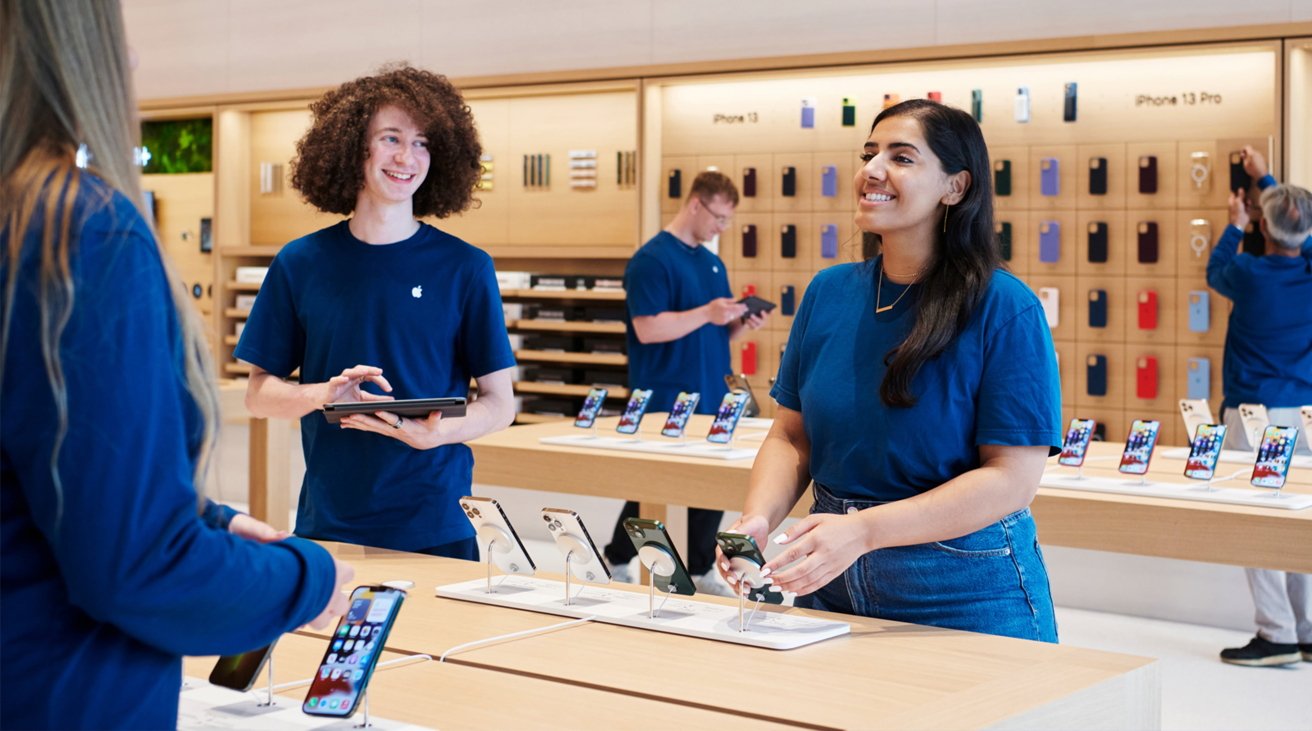
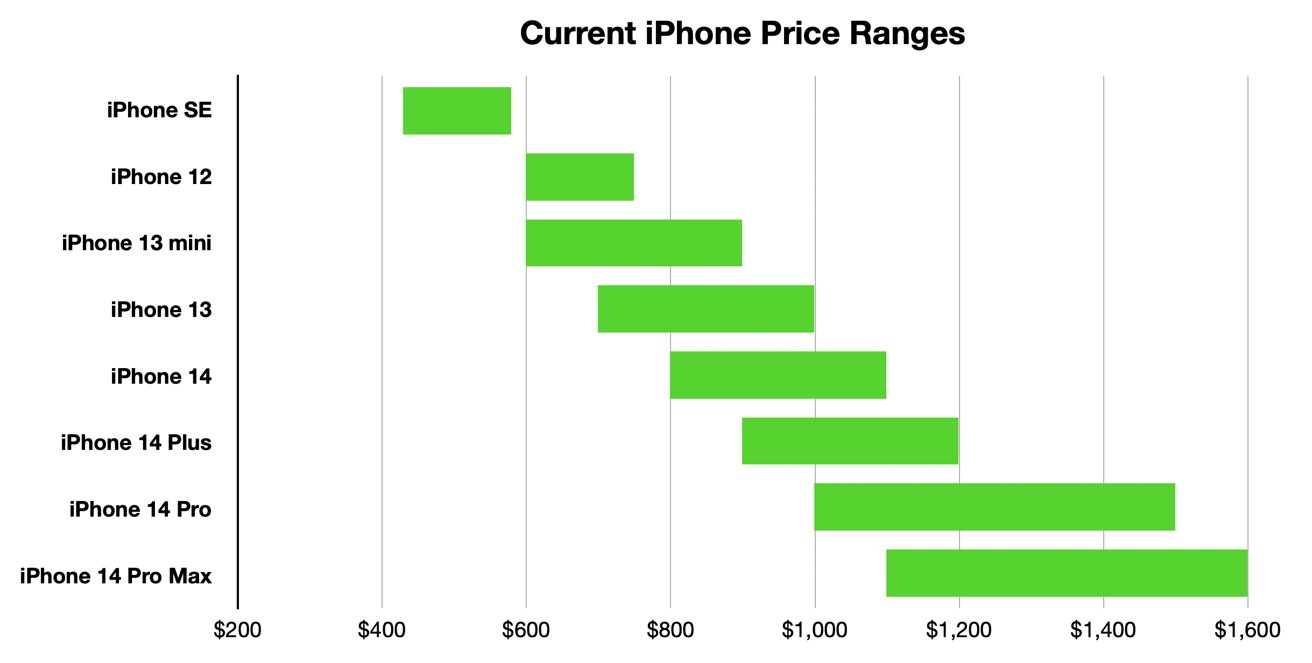
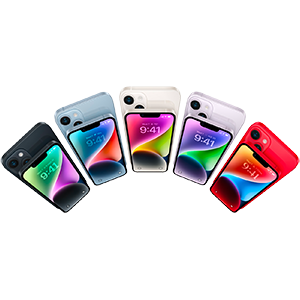
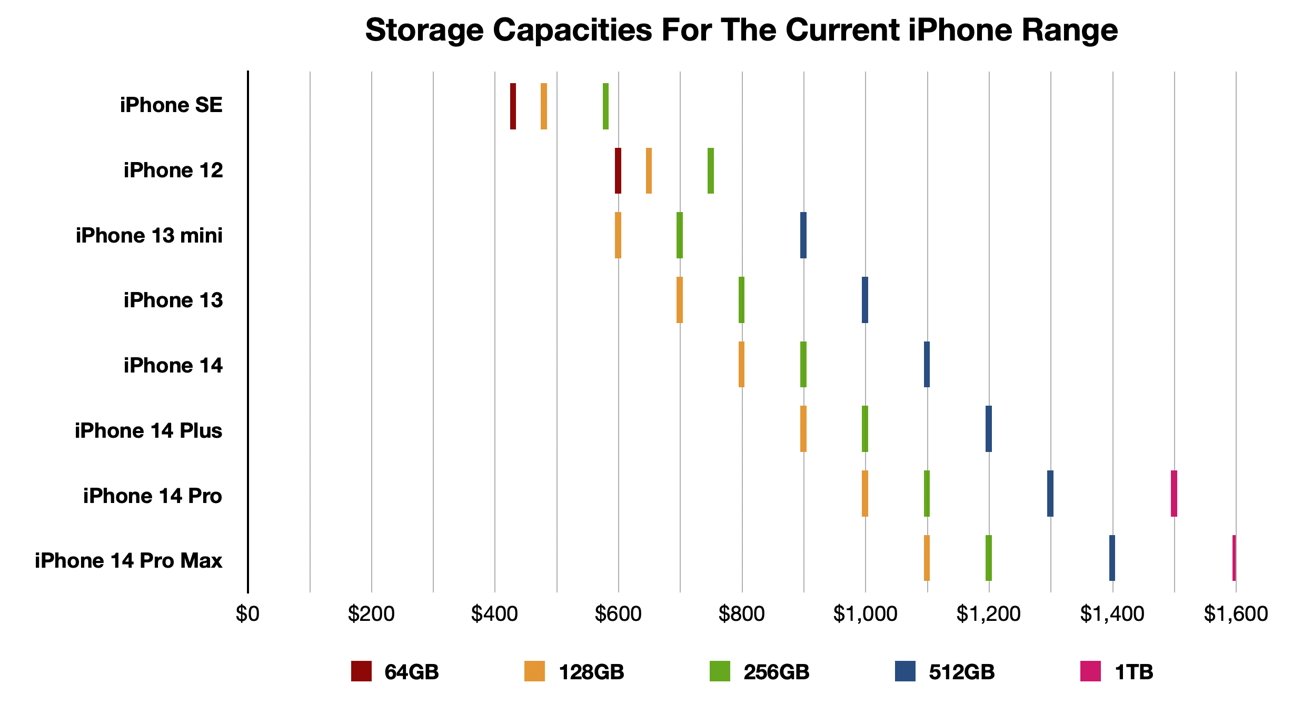

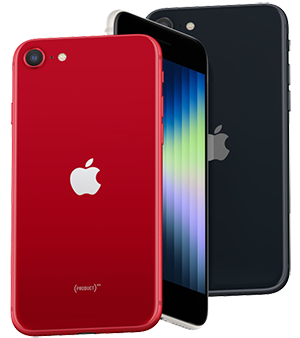
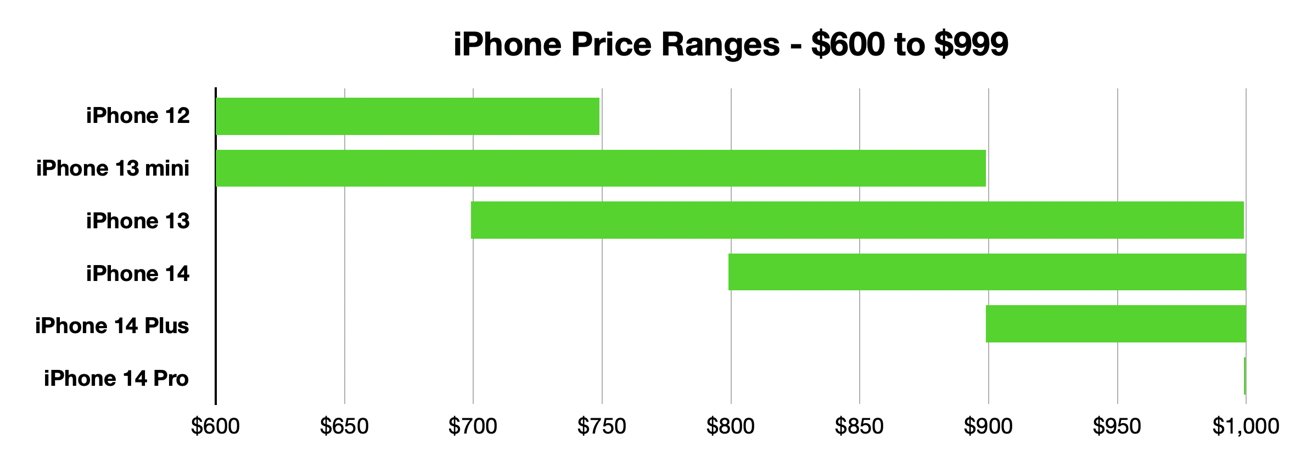
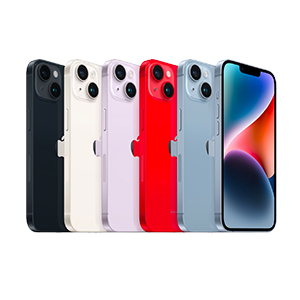
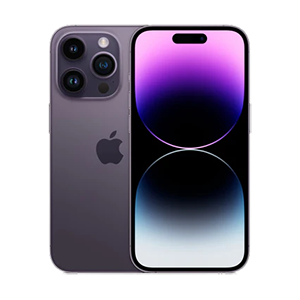
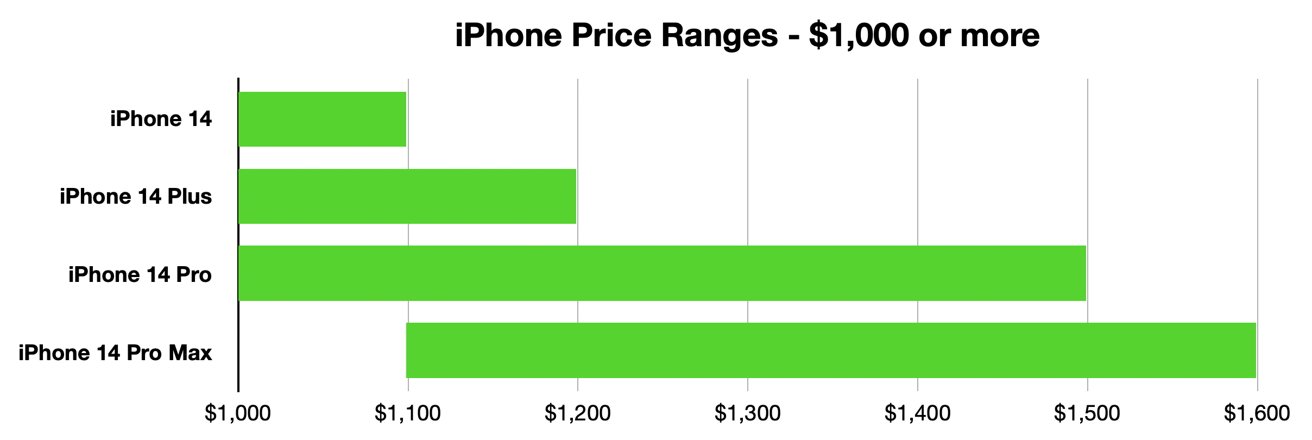
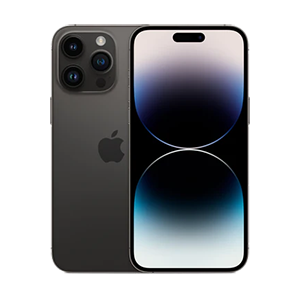






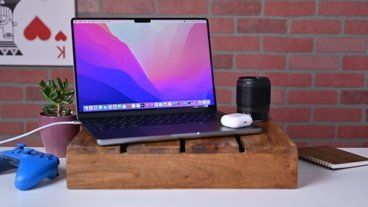
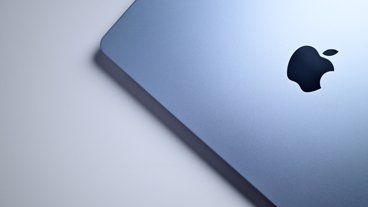

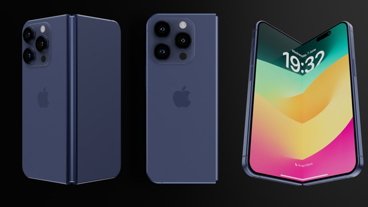


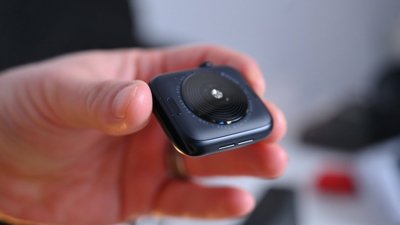
 Charles Martin
Charles Martin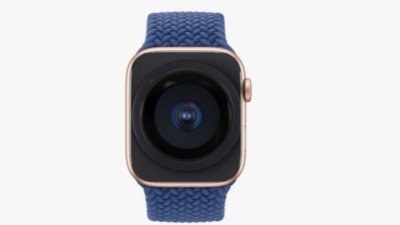

 William Gallagher
William Gallagher
 Stephen Silver
Stephen Silver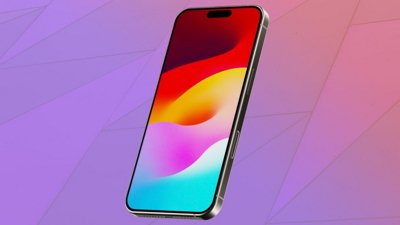
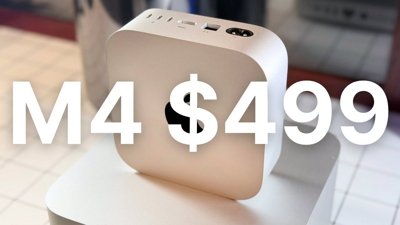
 Christine McKee
Christine McKee
 Amber Neely
Amber Neely